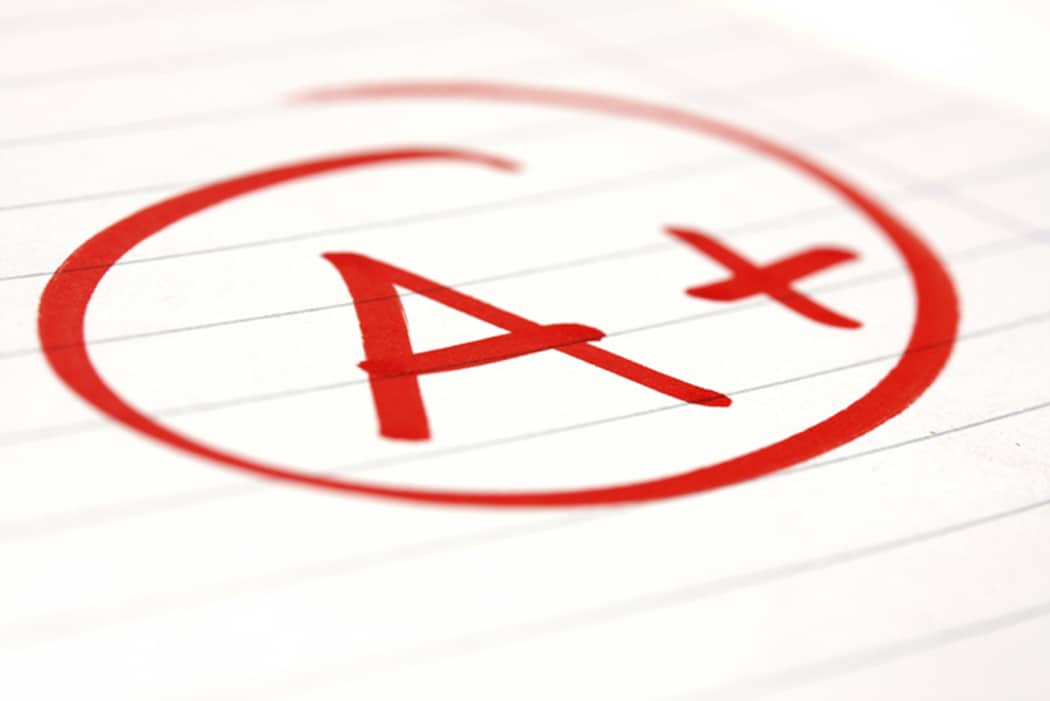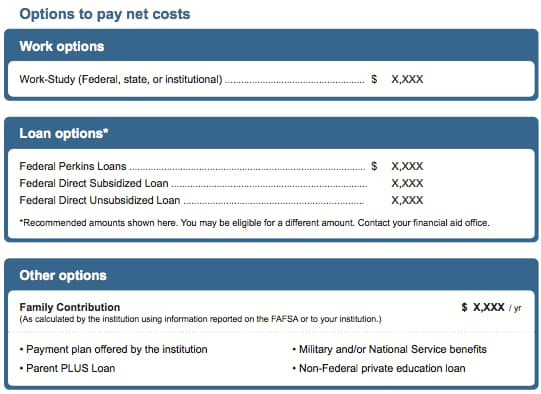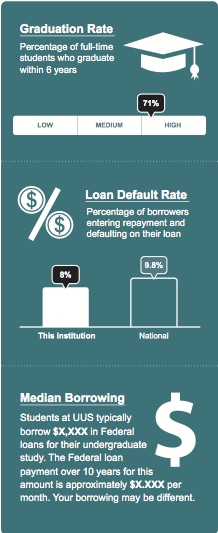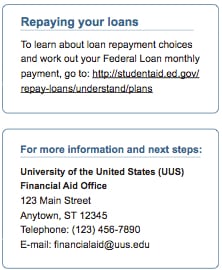
Many colleges do a horrible job of presenting their financial aid awards in an easy-to-understand way. As I’ve been explaining in my last two posts, I believe this is largely intentional:
What’s Wrong With This Financial Aid Letter
Evaluating a Financial Aid Award
Recognizing this shameful behavior, the federal government has created a financial aid template called the Shopping Sheet. If you receive a financial aid award that uses the Shopping Sheet as a model it will be far easier to understand whether a school is being generous or stingy.
I am not surprised that the vast majority of colleges and universities have rejected the Shopping Sheet.
Just today I was reading an article in the student newspaper at George Washington University that focused on why this extremely expensive university was not using the model award letter despite student interest.
GWU’s associate vice president for financial assistance told the student newspaper that the federal government’s model financial aid letter would be confusing. Seriously????
I find it laughable that the GWU administrator is worried about confusing families. A GWU financial aid award that l saw last year did a superb job of M-I-S-L-E-A-D-I-N-G the recipient! Please read the post that I wrote about the GWU award letter in 2012 and then decide for yourself what GWU’s true intentions are:
Is this a Good Financial Aid Award?
Financial Aid Shopping Sheet
Currently less than 10% of schools in the nation are using the federal Shopping Sheet, but you don’t have to wait for the schools on your child’s list to take advantage of this model award letter. There is a new service from College Abacus that can help you recreate any award letter into a easy-to-understand one. I’ll explain this service in my next post.
Below you will see what the federal Shopping Sheet template looks like.
The Shopping Sheet Features
Unlike nearly all college financial aid awards, this model document does not mix loans with scholarships and grants. It lets you know what your net cost will be by subtracting just the free money from the total cost of attendance. All awards letters should be doing this, but most don’t.
Below the net price on this template, you will see federal student loan options and work study. The document also mentions other ways to pay such as borrowing through Parent PLUS Loans and private college loans.
You will also see what your Expected Family Contribution is which is extremely important. I just wish the Shopping Sheet would have identified it as the family’s EFC rather than just labeling it as Family Contribution.
Your EFC, which is determined by financial aid methodologies, is what you would be expected to pay, at a minimum, for one year of school. If you have a low EFC, the school should be giving you a higher amount of aid. If the school didn’t, then you were gapped.
Without knowing your EFC, you won’t be able to determine if the award is a good one or not. Colleges, however, typically do not provide a famil’s EFC on theirs award letters.
Other Features of the Shopping Sheet
I also like the fact that the model financial aid award also includes the graduation rate of the institution and compares it to its peers. It’s frustrating, however, that the form only includes the six-year rate. The four and five-year rates should be included too.
It’s also helpful to share what the average student is borrowing to attend this school. Keep in mind, however, that this doesn’t include parent borrowing.
Schools Using the Shopping Sheet
As I mentioned earlier, most schools have not adopted the Shopping Sheet. I want to applaud those that have. You can see the entire list by clicking on this Shopping Sheet Excel Spreadsheet.
When I looked at the list, most of the participating schools were for-profit schools such as the University of Phoenix.
State schools that are participating include University of Texas-Austin, Arizona State, University of Delaware, University of Iowa, Iowa State, many, if not all, SUNY’s in New York state, Auburn, Boise State, many Penn State satellite campuses, Georgia State and University of Virginia.
Private, nonprofit schools that I saw on the list include Smith College, Cornell, University of Miami, Rollins College, University of Rochester, Coe College, Lawrence University, Stonehill College.
I want to applaud all the schools that decided to simplify their financial aid forms and I hope many more institutions join these trailblazers before next year’s admission season!




